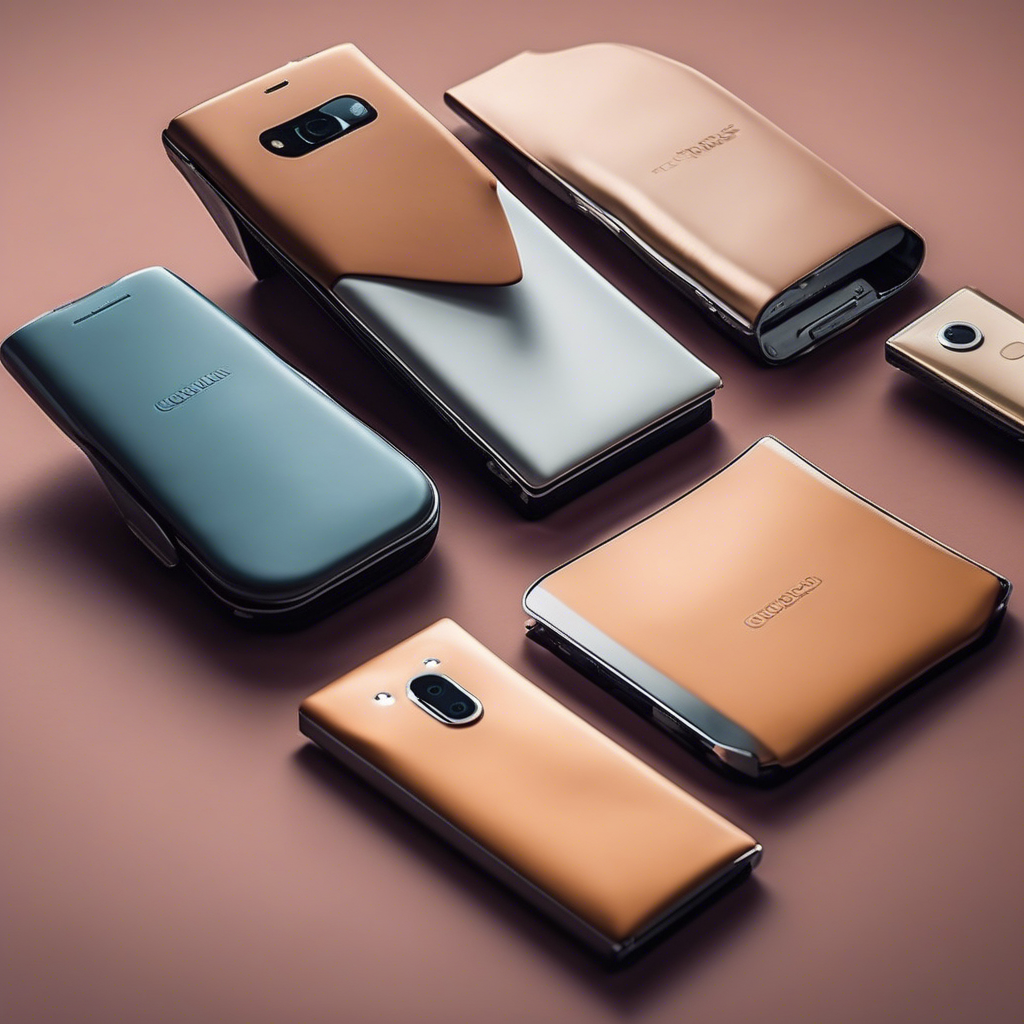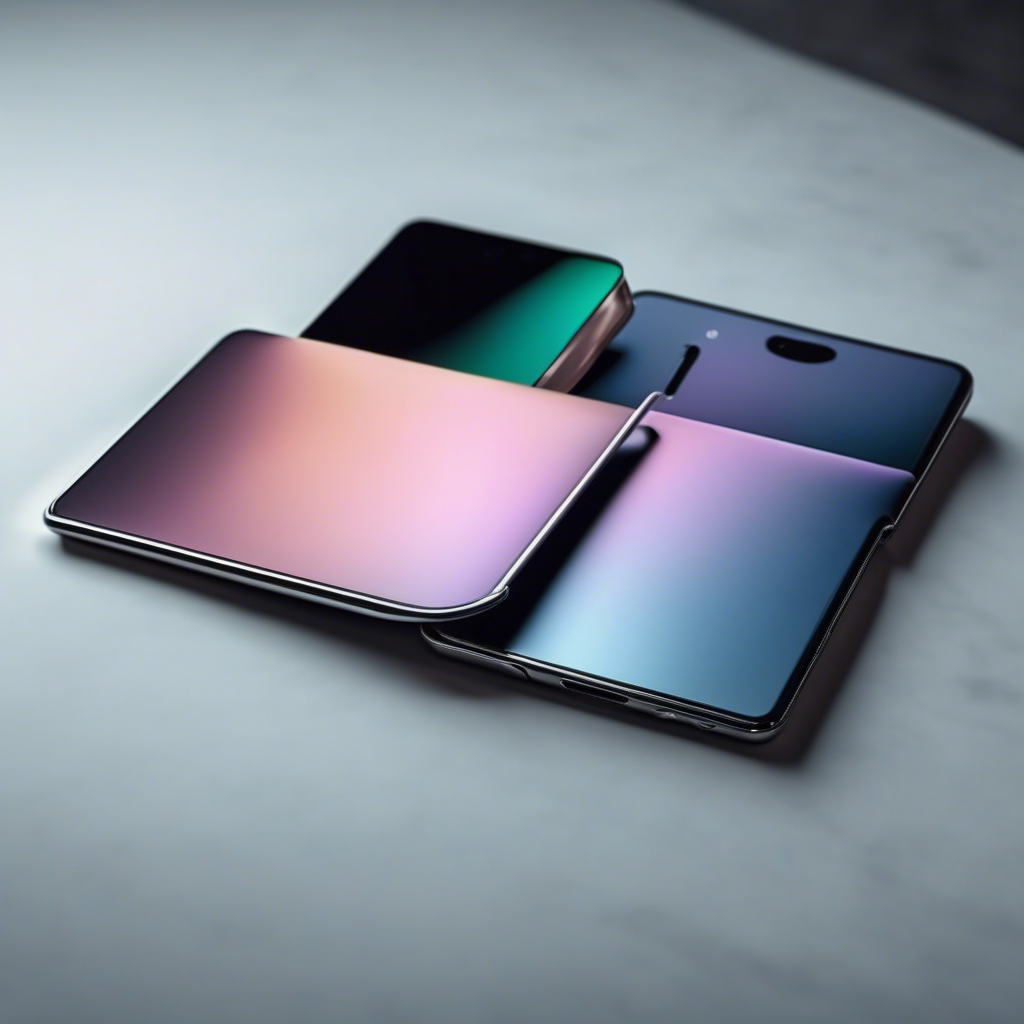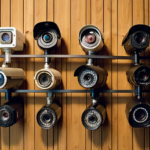Foldable Phones in 2025: Are They Worth It?
Remember when the idea of a phone that folds was just the stuff of science fiction? Fast forward to 2025, and we’re living in a world where foldable phones are not just a reality but a trending topic in tech circles. This innovative technology is like a digital origami, transforming the way we perceive our everyday devices. But amidst all the excitement, a question sneaks into our minds—are foldable phones really worth it?

Imagine this: you’re sitting at a café, your phone beeps, and, oh, it’s a full-on tablet now. That’s the allure of foldable phones. They promise versatility and a dash of futuristic flair. Yet, as with any burgeoning technology, there’s a blend of skepticism and curiosity. Are these devices just a flashy fad, or do they have the potential to unfurl into the next big thing? The foldable phone market is buzzing with predictions and innovations, and today, we’ll delve into whether they’re genuinely paving the way for the future of smartphones.
The Rise of Foldable Phones
Understanding Foldable Phone Technology
At the heart of foldable phones lies a technological marvel—flexible display technology. It’s not just a party trick; it’s a sophisticated blend of materials science and engineering. Companies have been investing heavily in OLED and AMOLED technologies, which allow screens to bend and flex without losing their integrity. Samsung, for example, has been a trailblazer in this arena with its Galaxy Z series. These phones aren’t just about the wow factor; they represent a significant leap in how hardware and software can integrate seamlessly.
Yet, the technology isn’t without its hiccups. Remember the early models with their fragile screens and awkward hinges? Those were growing pains. The good news is, by 2025, the tech has matured considerably. Manufacturers have adopted new materials and designs, addressing durability concerns. But, this raises another question: as the technology evolves, will the market’s hunger for the latest and greatest overshadow the practical benefits these devices offer? It’s a classic tech conundrum—innovation versus utility.
Benefits of Foldable Phones
Why even bother with foldable phones when traditional smartphones seem to do the job just fine? Well, beyond the cool factor, foldable phones offer tangible benefits. For starters, there’s the immense screen real estate. Imagine being able to read an ebook, watch a movie, or work on a document without squinting at a tiny screen. It’s a game-changer for productivity and entertainment.
Furthermore, foldable phones bring a unique multitasking capability. Picture this: you’re on a video call, and you can simultaneously take notes or browse the web without switching devices. That’s the beauty of having a pocket-sized device that unfolds into a tablet. It’s like having your cake and eating it too. Of course, we can’t ignore the fact that these devices are, well, conversation starters. In a world that’s constantly looking for the next shiny thing, foldable phones definitely fit the bill.
Foldable Phones vs. Traditional Smartphones
Comparison of Features
So, how do foldable phones stack up against their traditional counterparts? Let’s delve into some specifics. Here’s a rudimentary comparison table to get our bearings:
| Feature | Foldable Phones | Traditional Smartphones |
|---|---|---|
| Screen Size | Variable (e.g., 6.2″ folded, 7.6″ unfolded) | Fixed (e.g., 6.1″) |
| Portability | Compact when folded | Consistently compact |
| Durability | Improved but still evolving | Proven track record |
| Price | Higher (e.g., $1,500+) | Varies widely (e.g., $300 – $1,000) |
From the table, we can see that foldable phones boast the advantage of versatility with their adjustable screen sizes. However, they fall short in terms of durability and price. While technological advancements are continually improving their robustness, the premium price tag remains a sticking point for many consumers.
Foldable Phone Market Analysis
As we edge towards 2025, the foldable phone market is poised for significant growth. Analysts predict an uptick in sales as prices gradually decrease and technology becomes more refined. In the grand scheme of things, foldable phones could carve out a niche market, appealing to tech enthusiasts and professionals who value the unique benefits these devices offer.
However, the foldable phone market isn’t without competition. Traditional smartphones are also evolving, with manufacturers focusing on improving camera systems, battery life, and integrating AI technologies that are changing the business landscape. The future of AI in business automation is also making its way into our personal devices, enhancing user experiences across the board. With all these advancements, it’s clear that the competition will be fierce, with each phone category vying for consumer attention and dollars.
The Future of Foldable Phones
Predictions for 2025 and Beyond
Looking ahead, the future of foldable phones seems promising, albeit uncertain in some respects. By 2025, we could see foldable phones becoming more mainstream, thanks to technological advancements and shifting consumer preferences. Web 4.0 predictions for 2025 suggest a more interconnected world where devices seamlessly integrate into daily life, and foldable phones could play a pivotal role in this ecosystem.
From a design perspective, expect to see sleeker, more durable models with enhanced features. Innovations in battery technology could extend usage times, while software improvements could make multitasking even more seamless. As the lines between tablets and smartphones continue to blur, foldable phones might just bridge the gap, offering the best of both worlds. But, as with any tech trend, only time will truly tell how these devices will evolve and whether they’ll capture the hearts (and wallets) of the masses.
Challenges and Considerations
Despite the rosy outlook, the path for foldable phones isn’t entirely without hurdles. One of the primary challenges remains the cost. With most models priced well above traditional smartphones, they’re a hefty investment, one that not everyone is willing or able to make. Moreover, there’s the issue of app compatibility. While many developers are optimizing apps for foldable displays, the process isn’t instantaneous, and some apps still struggle to adapt to the unique screen configurations.
Then, there’s the durability question. Though advancements have been made, convincing consumers that these devices can withstand daily use remains a challenge. The hinge—arguably the most critical component—must be robust enough to handle countless folds without compromising the screen’s integrity. These are the elephants in the room that manufacturers will need to address if foldable phones are to become the new norm in smartphones.
Frequently Asked Questions
What are the key advantages of foldable phones?
Foldable phones offer a unique blend of portability and versatility. They provide a larger screen experience when unfolded, making them ideal for multitasking, watching videos, or reading. The ability to fold also means they can be more compact than traditional tablets, fitting into pockets and small bags with ease.
Are foldable phones durable enough for everyday use?
While early models had durability issues, manufacturers have improved the materials and design significantly. Newer models feature better hinges and tougher screens. However, they’re still not as robust as traditional smartphones and require more care, especially around the hinge area.
How do foldable phones compare in terms of price?
Foldable phones are generally more expensive than traditional smartphones due to their advanced technology and materials. Prices have been dropping as the technology matures, but they remain a premium product. It’s essential to weigh the benefits against the cost to determine if they’re worth the investment for you.
Do all apps work on foldable phones?
Most major apps have been optimized for foldable displays, but not all apps support the unique screen configurations of foldable phones. Developers are continually updating their apps to improve compatibility, but it’s something to keep in mind if app performance is critical for your use.
What should I consider before buying a foldable phone?
Consider your budget, how you plan to use the device, and whether the benefits align with your needs. Assess the durability improvements of the latest models and ensure the apps you use frequently are compatible with foldable screens. Also, think about whether you value the novelty and expanded functionality enough to justify the higher price.
Conclusion: Are Foldable Phones Worth It?
So, are foldable phones worth the hype? The answer, as with many things in life, is—well, it depends. If you’re someone who values cutting-edge technology and can leverage the unique benefits foldable phones offer, then they might just be worth the investment. For those who crave larger screens but don’t want to lug around a separate tablet, these devices present an enticing solution.
However, for the average consumer, traditional smartphones might still hold the upper hand, thanks to their established durability and more accessible price points. As we stand on the cusp of Web 4.0 and watch AI technologies changing the business landscape, the decision to embrace foldable phones will likely hinge on individual needs and preferences.
In the end, foldable phones represent a fascinating glimpse into the future of mobile technology. They challenge us to rethink what our devices can be and how they can fit into our lives. Whether you choose to jump on the foldable bandwagon or hold out for more advancements, the next few years promise to be an exciting ride in the world of smartphones.







